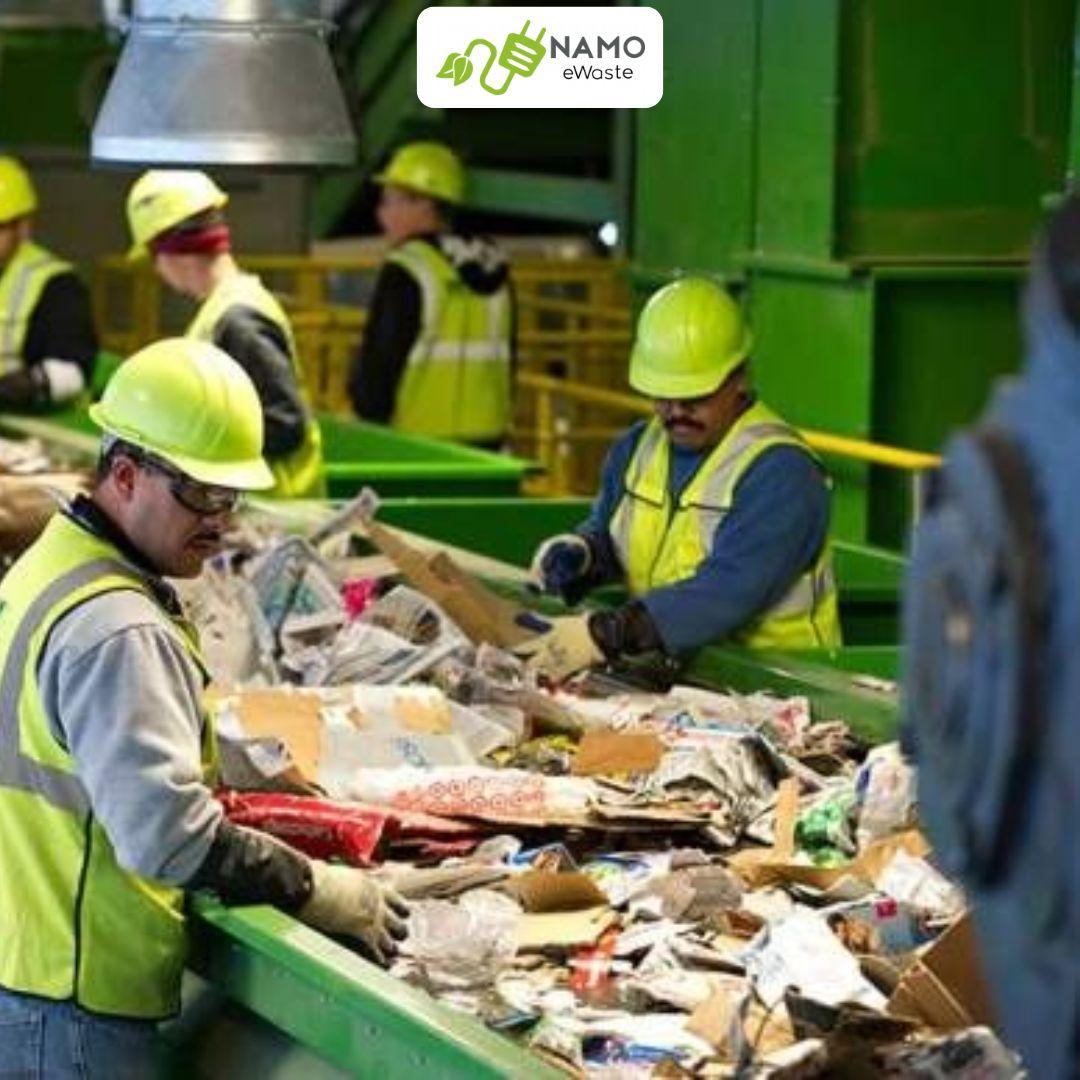India’s rapid technological growth has come with an equally fast accumulation of electronic waste, or e-waste. Devices such as old computers, mobile phones, and other electronic products generate hazardous waste, posing environmental and health risks. The Indian government has recognized the urgent need to manage e-waste effectively, implementing specific regulations to ensure safe recycling, responsible disposal, and reduced environmental impact. This blog explores how these regulations have shaped the e-waste industry in India, fostering sustainability and accountability.
1. Overview of E-Waste Regulations in India
The first comprehensive regulatory framework for managing e-waste in India came into effect with the E-Waste (Management) Rules, 2016, with further updates in 2022. These rules emphasize waste reduction through responsible disposal, recycling, and safe treatment of hazardous materials. The Ministry of Environment, Forest, and Climate Change (MoEFCC) spearheads these efforts, working to create policies that curb the effects of e-waste on the environment and public health. By mandating safe disposal and recycling practices, these regulations set a high standard for managing the country’s growing e-waste.
2. Extended Producer Responsibility (EPR)
Extended Producer Responsibility (EPR) is a pivotal aspect of India’s e-waste regulations. This principle places responsibility on producers and importers for the entire lifecycle of their products, from manufacturing through disposal. Under EPR, electronics companies must ensure proper recycling and disposal systems for their products, requiring manufacturers to manage take-back services or partner with certified e-waste recyclers. EPR not only relieves consumers of disposal burdens but also encourages companies to design eco-friendly, longer-lasting products to reduce waste volumes.
3. Role of Authorized E-Waste Recyclers
With the rise of e-waste, the government has taken steps to standardize recycling practices through the certification of authorized e-waste recyclers. These authorized facilities are required to meet specific standards for safe e-waste processing, minimizing environmental impact and ensuring the secure destruction of data on electronic devices. Through certification, the government promotes eco-friendly recycling, helping consumers and businesses dispose of e-waste in a way that prioritizes public health and environmental safety. Choosing certified recyclers also prevents electronic components from ending up in unregulated and often hazardous informal recycling sectors.
4. Restriction of Hazardous Substances (RoHS) Compliance
The Restriction of Hazardous Substances (RoHS) is a regulatory requirement limiting the use of toxic materials in electronic manufacturing. RoHS standards restrict certain hazardous chemicals, such as lead, mercury, and cadmium, commonly found in electronics. By requiring compliance with RoHS, the government minimizes the risk of these toxic substances leaching into the soil and water. Compliance has led manufacturers to adopt safer materials in production, reducing health risks for both consumers and those involved in recycling.
5. Impact of Penalties and Incentives on Industry Growth
To encourage adherence to e-waste regulations, the government has implemented penalties for non-compliance alongside incentives for proper recycling practices. Penalties deter illegal and environmentally harmful disposal practices, while incentives support companies in adopting sustainable disposal methods. Such financial support helps fund sustainable recycling technologies and research, making it easier for companies to meet regulatory standards while also improving the sector’s overall eco-friendliness.
6. Challenges in Implementing E-Waste Regulations
Despite these regulatory advances, several challenges persist. India’s large informal e-waste recycling sector, consisting of small unregulated recyclers, poses one of the biggest hurdles. Limited awareness about the importance of safe e-waste disposal also complicates the government’s efforts. Compliance enforcement remains inconsistent, particularly between urban and rural areas, where access to certified facilities is often limited. Increasing public awareness and education on safe e-waste disposal practices is crucial to bridging these gaps.
7. Future of E-Waste Regulation and Industry Growth
As e-waste volumes in India continue to rise, the government is expected to tighten regulations further. Emerging technologies such as AI-powered waste sorting and advanced recycling methods offer promising prospects for a cleaner industry. Stricter policies, combined with continued government support and public participation, can significantly boost industry growth. By shaping regulations to accommodate rapid technological advancements, India can ensure that its e-waste industry evolves sustainably.
Conclusion
Government regulations have played an essential role in shaping India’s e-waste industry. From the introduction of EPR to RoHS compliance, these policies provide a framework that encourages sustainable practices while fostering accountability. Though challenges remain, ongoing regulatory efforts and public cooperation can steer India’s e-waste industry toward a greener future. As India advances, government regulation will continue to be a crucial factor in promoting responsible disposal, reducing environmental hazards, and protecting the health of communities across the country.



